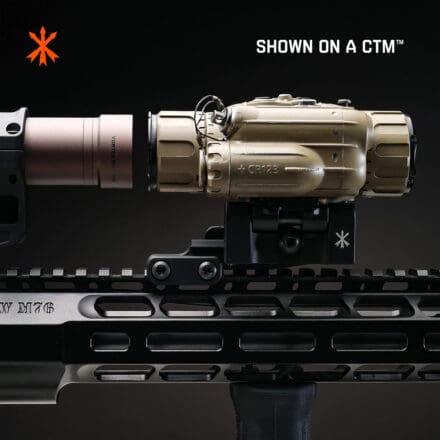
Essex Junction, Vermont (June 20, 2025) — Revision Military, a global leader in protective eyewear and integrated soldier systems, has been awarded a contract by the Czech Republic Ministry of Defense to supply the Czech Special Forces with its StingerHawk® Eyewear Systems. The contract includes delivery of 943 highly specialized 4-lens kits, engineered to support a wide range of operational requirements across diverse mission environments.
Each StingerHawk kit provides operators with maximum flexibility, including lenses for Clear, Smoke, I-Vis™ Verso, and laser protection applications. These advanced optical solutions deliver enhanced ballistic protection, visual performance, and mission adaptability, meeting the stringent operational standards of Czech Special Operations Forces.

“This award reflects the Czech Republic’s commitment to equipping its Special Forces with world-class protective capabilities and validates Revision’s ongoing investment in innovation and performance,” said Karan Rai, Chief Executive Officer of Revision Military. “We are honored to support the mission-critical requirements of our allied partners and to continue expanding our global footprint in delivering advanced soldier protection solutions.”

About I-Vis™
Revision’s I-Vis™ technology platform delivers enhanced visual clarity and target discrimination through selective light filtration and advanced color optimization. The I-Vis™ Verso lens provided under this contract improves contrast sensitivity, depth perception, and situational awareness in complex lighting conditions — enabling operators to identify threats and navigate terrain with greater precision and confidence.

About LazrBloc™
Revision’s LazrBloc™ laser protective lenses provide specialized defense against both accidental and directed laser threats, which are increasingly prevalent in modern operational theaters. LazrBloc™ lenses are engineered to block specific laser wavelengths while preserving visibility, allowing operators to maintain situational awareness without compromising safety.
About Revision
Revision Military designs and manufactures mission-proven protective solutions for military and tactical professionals worldwide. With advanced research, development, and manufacturing capabilities, Revision delivers protective eyewear, integrated head systems, and power management solutions trusted by military forces in over 45 countries, including numerous NATO member nations. Revision’s product portfolio reflects its commitment to protecting the vision, performance, and survivability of the modern warfighter.
For further information, visit: www.revisionmilitary.com

































































































































